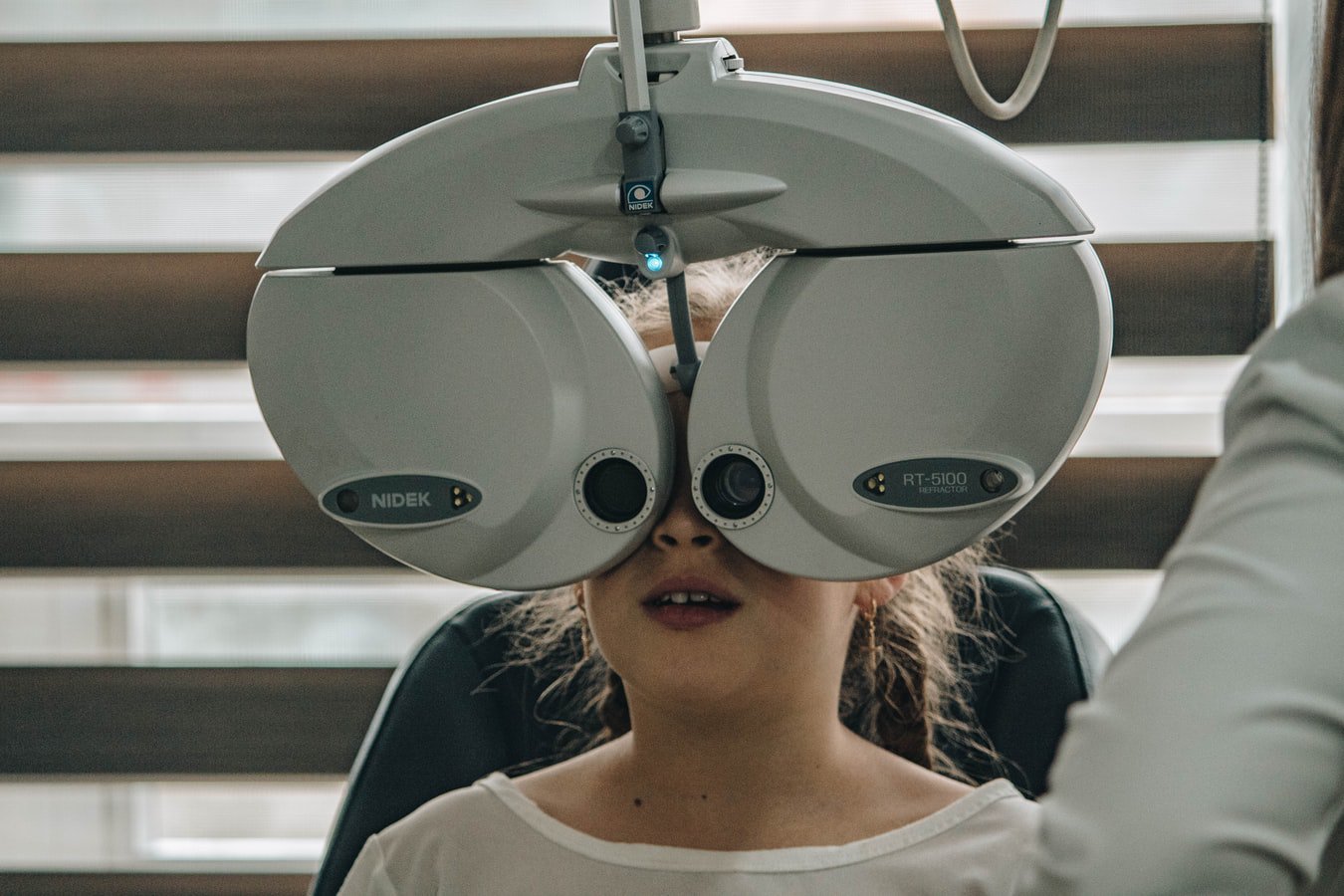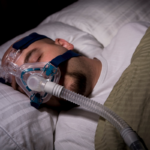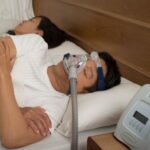How often should you visit a Sydney eye clinic

Your age, as well as your eyes, family, and other factors, have a role.
Your doctor could advise regular Sydney eye clinic exams every two years if you’re under 40 and don’t have any eye issues. Or they could inform you that no tests are necessary. Find out their recommendations for you.
Every 1-2 years, everyone 40 years of age or older should get their eyes examined.
You should visit Sydney eye clinic annually if you’ve ever had eye problems or if you’re at risk of doing so (for example, if someone in your family has).
Why? You should get your eyesight checked to discover whether you have any major, often “silent” issues like glaucoma, age-related macular degeneration, cataracts, or diabetic retinopathy.
When your kid is a newborn and again at each routine medical checkup, if they don’t have any risk factors for eye issues, their eyesight should be assessed. It will be simpler for the doctor to evaluate their eyes when kids are 3 years old. Every one to two years after the first grade, kids should get their eyes checked.

Are My Eyes in Danger?
You may need more regular tests if you have a health issue like high blood pressure, perform a profession that demands a lot of eye contact, or use medications that might impair vision.
Get your eyes tested if you have type 1 diabetes within five years of your diagnosis and then annually after that.
If you’re told you have type 2 diabetes, you should be checked out right away. After that, get your eyes tested annually.
How to Get Ready
Mention any visual issues you may have when you call to schedule your test.
Make a note of any questions you have for the doctor before you visit. Be prepared to give them an update on any medications you use as well as your (and your family’s) history of eye health.
Bring the prescription, your glasses, and your contact lenses. Bring sunglasses as well for the return journey. To dilate your pupils, the doctor could use eye drops. It is known as dilation. After that, light sensitivity will affect your eyes.
When You Get a Sydney Eye Clinic Exam
The eye doctor or a member of the office staff will first inquire about your past medical and visual history.
Depending on the technology utilized, the test might run anywhere from 30 minutes to several hours. It will cover your eye health and eyesight.
The majority of the following Sydney eye clinic exams, as well as maybe a few more, will likely be performed on you:
Test of eye muscle movement: This determines the alignment of your eyes. The physician will observe how your eyes move while you track a moving object (such as a finger tip or their pen) as it changes direction.
The cover test reveals how effectively your eyes cooperate. You’ll fix your gaze on a little object in the distance. To measure how much your eyes move, the doctor will cover and uncover each eye. Additionally, your doctor will be looking for an eye that shifts away from the intended target. Strabismus is the medical term for this issue. You are welcome to retake the Sydney eye clinic exam with a nearby target.

External examination and student responses
The doctor will observe how your pupils respond to light and nearby objects. Your eyelids’ posture and the whites of your eyes will also be examined at the same time.
You’ll sit in front of an eye chart with progressively smaller letters as you read down each line to undergo a visual acuity test. You’ll cover each eye in turn and read aloud while moving down the chart while using the other eye until you can no longer make out the letters.
Refraction testing: The doctor might use a computerized refractor to determine your precise lens prescription. By switching the phoropter back and forth between lenses and asking you which is better, your doctor will adjust the prescription. You won’t need this Sydney eye clinic exam if you don’t need corrective glasses.
The slit lamp (biomicroscope) enlarges and illuminates the front of your eye. In order to search for indications of certain eye disorders, the doctor utilizes it to examine your cornea, iris, lens, and back of your eye.
The retina, retinal blood vessels, fluid in your eyes (which your doctor may refer to as vitreous fluid), and the head of your optic nerve may all be seen during a retinal examination (also known as an ophthalmoscopy).
Tests for glaucoma determine if the fluid pressure within your eyes is within a normal range. It is quick, painless, and there are a few methods to accomplish it:
The most precise device is the tonometer. You’ll be given eye drops to numb them. To measure the pressure, the doctor will instruct you to look straight ahead as he or she lightly touches the front surface of each eye using an instrument known as an applanation tonometer or Tonopen.

Noncontact tonometer or puff of air: As you look at a target, a machine will blow a little puff of air into each of your eyes. Your eye’s resistance to the puff reveals how much pressure is there there.
Pachymetry: In this Sydney eye clinic examination, the thickness of your cornea is measured using ultrasound. False low-pressure readings may be the result of thin corneas. False high-pressure readings may result from thick corneas. One test may be administered to you in order to establish a baseline for comparison with subsequent results. People who need corneal surgery may utilize it.
Pupil enlargement: The doctor will use instruments and lighting to examine the inside of your eyes after thoroughly enlarging your pupils. It takes the eye drops for this portion of the test 20 to 30 minutes to start working. They obstruct your eyesight and increase your eyes’ sensitivity to light. These effects might linger for many hours or more. You may need those sunglasses on the way home because of this. Modern devices can see the very back of your retina without dilation of your pupils.
Perimetry of the visual field: Your visual field is the region in front of you that you can see clearly without shifting your eyes. Your Sydney eye clinic doctor will map what you see at the edges (periphery) of your visual field using one of three tests and utilize this map to identify any eye issues.
4 ways to find a Sydney eye clinic
1. Request referrals from relatives or friends.
2. Seek advice from your primary care physician.
3. Contact a neighboring hospital’s ophthalmology or optometry department and inquire about the physicians that work there.
4. Speak with local and state organizations, associations, and academies of ophthalmologists and optometrists to see if they can assist you.
Your age, as well as your eyes, family, and other factors, have a role. Your doctor could advise regular Sydney eye clinic exams every two years if you’re under 40 and don’t have any eye issues. Or they could inform you that no tests are necessary. Find out their recommendations for you. Every 1-2 years,…
Recent Posts
 Eye Surgery, LASIK vs Contact Lenses: Which One Should You Choose?Eye surgery, LASIK, or laser vision correction. The procedure goes by many names, but regardless of what you call it, LASIK surgery is one of the most popular permanent options for those with poor vision. But while laser eye surgery works for various […]
Eye Surgery, LASIK vs Contact Lenses: Which One Should You Choose?Eye surgery, LASIK, or laser vision correction. The procedure goes by many names, but regardless of what you call it, LASIK surgery is one of the most popular permanent options for those with poor vision. But while laser eye surgery works for various […]![Is Laser Eye Surgery Worth the Cost? [Complete Guide]](https://mhsblogs.com/wp-content/uploads/2023/05/LASIK-SMILE-and-PRK2-150x150.jpg) Is Laser Eye Surgery Worth the Cost? [Complete Guide]You may be considering going for laser eye surgery soon. The entire laser eye surgery procedure is quick and painless and eliminates the need for glasses or contact lenses for a very long time. However, laser vision correction can also be expensive. […]
Is Laser Eye Surgery Worth the Cost? [Complete Guide]You may be considering going for laser eye surgery soon. The entire laser eye surgery procedure is quick and painless and eliminates the need for glasses or contact lenses for a very long time. However, laser vision correction can also be expensive. […] Looking to use your CPAP machine during winterUsing a CPAP (Continuous Positive Airway Pressure) device is an effective treatment for obstructive sleep apnea. Depending on the time of year and where you are located, you may need to adjust your CPAP treatment accordingly. For example, more humidity […]
Looking to use your CPAP machine during winterUsing a CPAP (Continuous Positive Airway Pressure) device is an effective treatment for obstructive sleep apnea. Depending on the time of year and where you are located, you may need to adjust your CPAP treatment accordingly. For example, more humidity […] Travel easily with your CPAP machines with these tipsYou must bring your CPAP machines, which is a device often used to treat sleep apnea, everywhere you travel if you need it. Fortunately, traveling with CPAP machines need not be difficult, though some models make it easier than others. Many individuals […]
Travel easily with your CPAP machines with these tipsYou must bring your CPAP machines, which is a device often used to treat sleep apnea, everywhere you travel if you need it. Fortunately, traveling with CPAP machines need not be difficult, though some models make it easier than others. Many individuals […] Use your CPAP machines easily with these tipsEverybody’s CPAP adjustment is unique. While some people acclimatize to their therapy right away, others take longer to feel comfortable. Here are some essential guidelines for utilizing CPAP machines and mask while trying to get some rest: 1. […]
Use your CPAP machines easily with these tipsEverybody’s CPAP adjustment is unique. While some people acclimatize to their therapy right away, others take longer to feel comfortable. Here are some essential guidelines for utilizing CPAP machines and mask while trying to get some rest: 1. […] The Best CPAP Machine and Accessories Cleaner AvailableAnyone who has used a CPAP machine for more than a day has certainly wished there was a simpler method to clean the many parts and pieces that go along with it. Automatic CPAP cleaners claim to do this for you with the touch of a button; the question is, […]
The Best CPAP Machine and Accessories Cleaner AvailableAnyone who has used a CPAP machine for more than a day has certainly wished there was a simpler method to clean the many parts and pieces that go along with it. Automatic CPAP cleaners claim to do this for you with the touch of a button; the question is, […] ResMed S9 Autoset CPAP Machine ReviewDo you ever just suddenly wake up in the middle of the night gasping for air? Do you find that you are always exhausted during the day? Do you often wake up with headaches and have trouble falling or staying asleep? All of these are indications that you […]
ResMed S9 Autoset CPAP Machine ReviewDo you ever just suddenly wake up in the middle of the night gasping for air? Do you find that you are always exhausted during the day? Do you often wake up with headaches and have trouble falling or staying asleep? All of these are indications that you […] CPAP Machine and Sinus InfectionThe most effective treatment for OSA is continuous positive airway pressure therapy. Those with OSA can’t live without CPAP, but the therapy isn’t always adhered to because of common adverse effects like dry eyes, face discomfort, and […]
CPAP Machine and Sinus InfectionThe most effective treatment for OSA is continuous positive airway pressure therapy. Those with OSA can’t live without CPAP, but the therapy isn’t always adhered to because of common adverse effects like dry eyes, face discomfort, and […] Guide on How to Set Up Your CPAP Pressure CorrectlyIn order to give the most recent valid information, Air Liquide Healthcare routinely compares the information included within our pages to that found in the most recent scientific publications and most highly recommended websites, and other resources. […]
Guide on How to Set Up Your CPAP Pressure CorrectlyIn order to give the most recent valid information, Air Liquide Healthcare routinely compares the information included within our pages to that found in the most recent scientific publications and most highly recommended websites, and other resources. […] What Does a High CPAP AHI Mean?Users of continuous positive airway pressure (CPAP) devices and apps often report feeling confused by the data they are presented with. The AHI is one such, if not the most significant measures that your CPAP machine records. In this article, we’ll […]
What Does a High CPAP AHI Mean?Users of continuous positive airway pressure (CPAP) devices and apps often report feeling confused by the data they are presented with. The AHI is one such, if not the most significant measures that your CPAP machine records. In this article, we’ll […]
